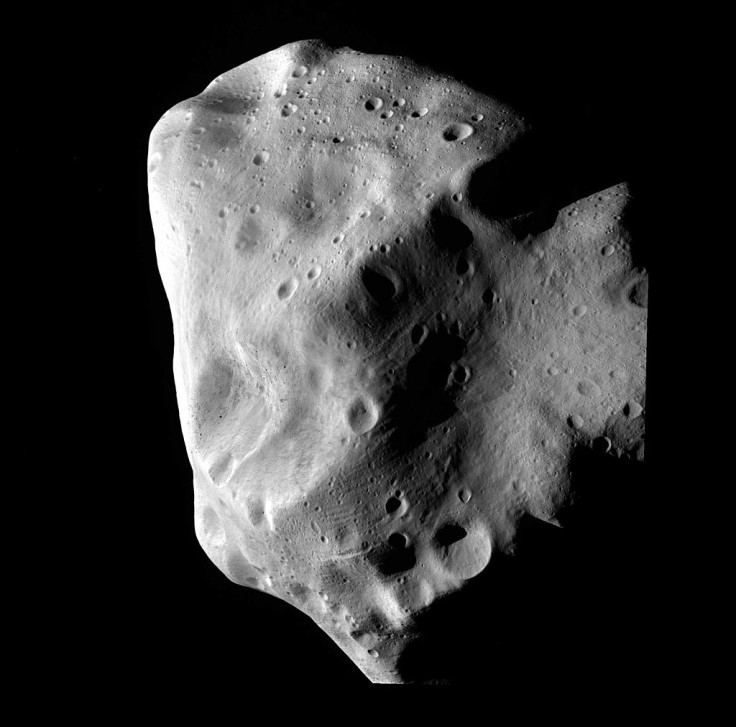Asteroid Florence: How you can catch a glimpse of the mountain-sized space rock this weekend
The asteroid will come within seven million kilometres of Earth at its closest approach.

Another major astronomical event is coming our way, right on the heels of August's total solar eclipse. Asteriod Florence, one of the largest asteroids out there, will safely pass by Earth on 1 September, and this is your chance to spot it.
Asteroid Florence will come within a safe distance of seven million kilometres from the Earth (or "18 Earth-Moon" distances) at its closest approach this weekend, giving stargazers a once-in-a-lifetime opportunity to see a shiny, mountain-sized space rock approximately 4.4km in diameter. This will be Florence's closest pass near Earth since 1890 and at least till 2500.
Witnessing this rare event might seem complicated for amateur astronomers but it is relatively simple, at least on this occasion.
Scientists in California and Puerto Rico will capture high-resolution images of Florence to study its surface and dimensions in detail, while amateur astronomers can use a small telescope to catch the huge space rock as it moves through constellations Piscis Austrinus, Capricornus, Aquarius and Delphinus.
According to Sky & Telescope magazine, 3122 Florence – it's official name – should be fairly easy to spot with modest backyard telescopes despite some interference from moonlight.
The magazine has also created a series of sky charts to help stargazers in North America plot the motion of Florence in the backdrop of other bright stars shining in the sky.
The northward-moving asteroid is expected to be seen high overhead late in the evening in North America, giving a good view just eight hours prior to its closest approach on the night of August 31/September 1.
But viewers all over the world should also be able to catch glimpses of the asteroid from now to roughly through September 3.
And to prepare for the worst-case scenario, which would usually be clouded skies or telescope malfunctions, observers can also go for the easiest visual alternative – a live webcast.
The good folks working on the Virtual Telescope Project will broadcast the event live starting at 3.30pm EDT (8.30pm BST) on Thursday (August 31).
© Copyright IBTimes 2025. All rights reserved.





















